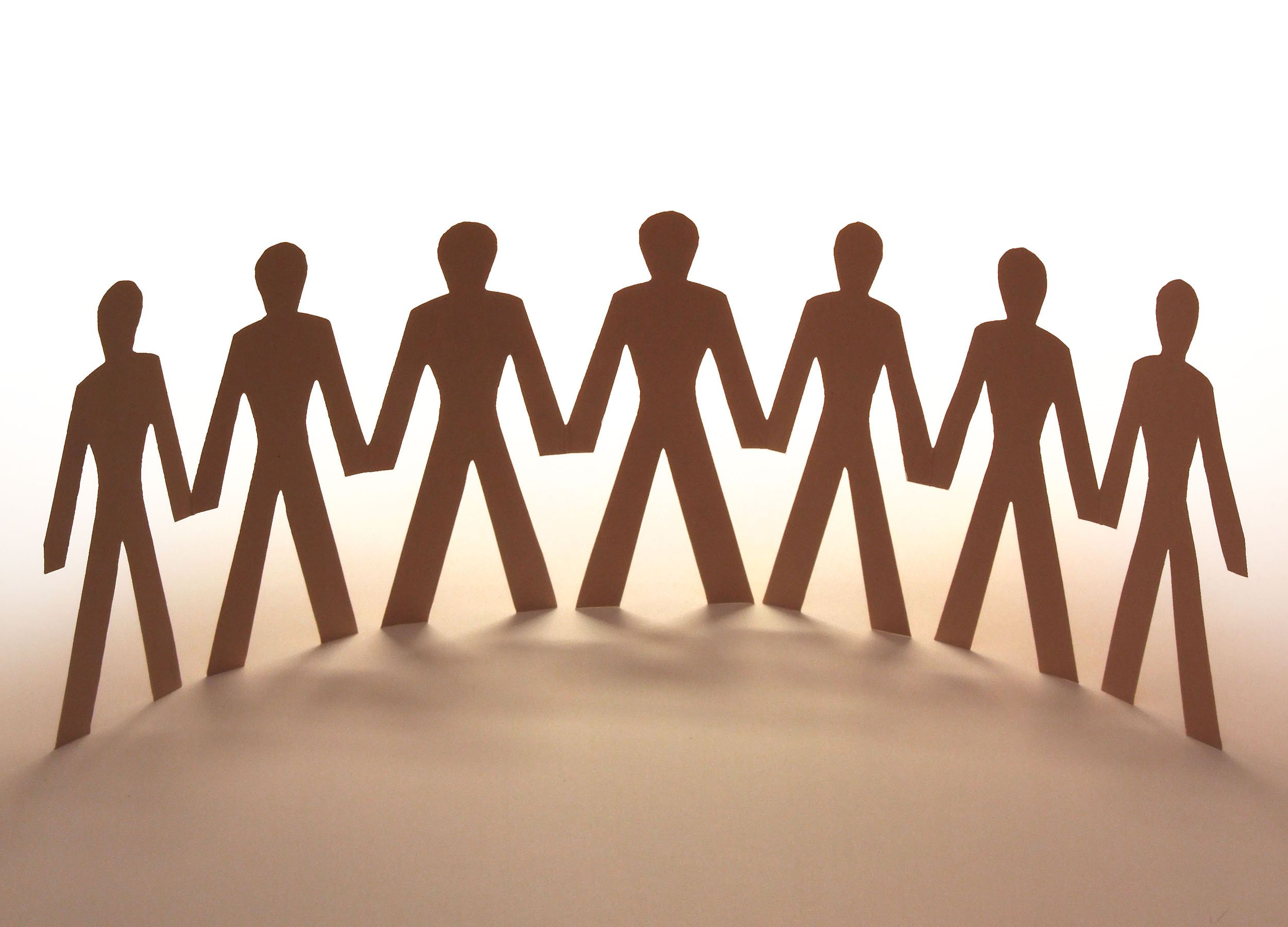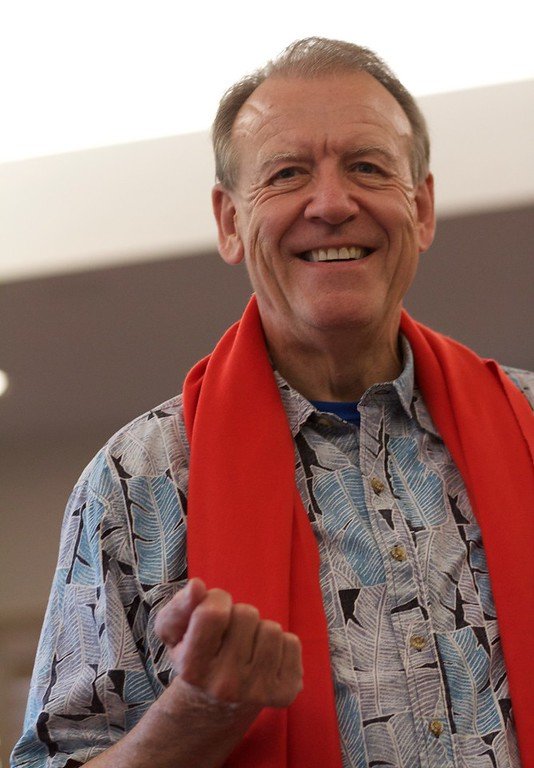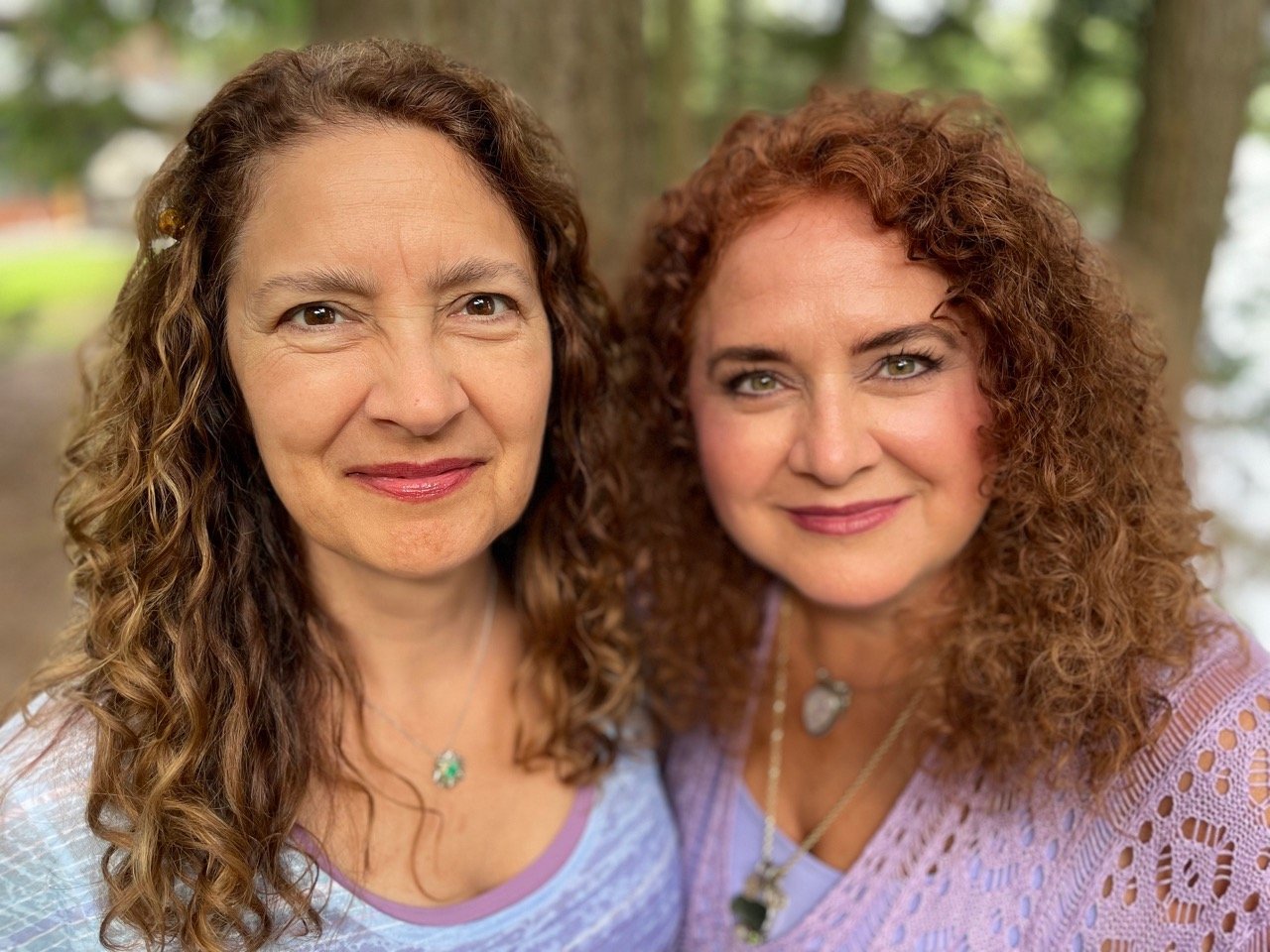Reinventing your brand.
/Rocky Buckley is an entrepreneur and a hybrid coach and consultant who primarily works with solopreneurs – experts, thought leaders, authors, speakers, coaches or consultants as well as people who are successful corporate executives or service providers looking to reinvent themselves into that space. Rocky helps them with their business models, personal brand and how they package themselves as a soloprenerurs and experts.
Rocky had another business for over twenty years where he was primarily working with very large publishing companies and their authors in a consulting role by helping to take ideas and intellectual property and packaging it into different products. He worked with the biggest publishing companies, produced over 3,000 projects and built a successful business but wasn't happy or fulfilled. He has always had a desire to help people, particularly those who were stuck, people who had very high potential, who always thought they could have been someone, had big dreams and ambitions but also had the talent to do it. It was a crossroads moment for him and he decided to reinvent himself and his business. He figured out that strategically the people he could help the most were entrepreneurial, aspirational people who had talent, personality, and leadership ability but were trapped in their business model. He wanted to teach them how to unlock that model and change their life and business.
The context Rocky uses for a solopreneur is as part of the social media age where they must be online and must have a personal brand. There is a celebrity element to it now. He was a solopreneur for many years and nobody knew who he was because he worked behind the scenes and did not have a public presence at all. When you put yourself out there today, the way you promote yourself, the way you get your message out and market your business is through online means. You need to figure out how to communicate what you do to the right audience, to message it properly, be able to engage people and show a different side of your personality. We are all living in a social age where having a public persona is no longer a choice. We are all forced into it and the question is how do we maximise ourselves and put that best version of ourselves out there.
The market is very crowded now especially after Covid when a lot of people realised that what they were doing offline could be taken away from them very quickly. A lot of people pivoted and now there are so many more people coming online and there is still a lot of the world not even online yet. If you look at a phone where you can only have so much information on a feed, the structure makes it highly competitive. We can only look at so many things in a day or have so many messages coming to us. The more people there are on the feed it becomes more difficult to stand out. Rocky’s aim is to help people figure out how to be the best version of themselves so they do stand out. In a period of rapid change that is only getting faster, the business models and strategies that are successful now might be obsolete in six months. Having to change and reinvent yourself is a skill and knowing how to do that and do it well over and over again is really a core skill of the 21st century.
Many of the people Rocky works with already have their own business but they sometimes get stuck. Typically, the people who start businesses have had a job that they become very good at and then decide to go out on their own as their own boss. They have the idea that they want to be their own boss, to work and build something for themselves that will create more free time and a better life. Often though if they are good are what they do and become successful they are swamped with work, busy all the time and stuck in the day-to-day of their business. They can’t work on their business because they’re working in their business.
People get out of this by making structural shifts in their business, and choosing a different market that is more lucrative. Things such as changing the way you deliver your product or service so instead of working one on one or change to a group setting or a digital product that gives you more leverage or going wider to use promotion and marketing to get your message out further than you did before. Most people starting out are dependent on referrals so you’re looking for the business to come to you. Breaking out of that and using the leverage of marketing allows the business to grow.
Differentiating yourself in a packed marketplace is a systematic and strategic process. People understand they need to get out there and create content but then find it doesn’t get a lot of engagement so they get frustrated. The mathematical aspect is that you have to put out a lot more content than you think but there is also the question of what makes a piece of content or persona engaging. It requires an in-depth, inward looking process to figure out what it is about me that makes me different. What is that sense of purpose I have that makes me more animated and bring s out my charisma? What are other people in the market saying or doing? How do they sound and what assumptions are they making about the people they are talking to and how can I cut against that?
You need to become strategic about the strengths you have and the things that other people tell you you’re really good at. What are the things you’re interested in that would make you more colourful, interesting and fascinating to people? It requires a step-by-step strategic process to develop and create that best version of yourself. It’s a creative process and most people never think or do anything about it and that is the critical step for everyone.
Entrepreneurs need resilience and one key element in building this is to tap into your sense of purpose which is what drives you and creates resilience. When you emotionally tap into the thing that drives you and you stay connected to it, it will drive you forward and also animate the way you appear as the natural passion, enthusiasm and desire to help people is what draws other people to you. Staying tapped into purpose from a resilience and personal charisma standpoint is the essential centre of this world. If you drift from purpose its really hard to succeed.
Once you tap into purpose and start to understand it a deeper level it becomes a life, business and personal vision with identity and belief shifts that stream from purpose. If you remove purpose from life you’re looking at a very grey world with no joy or change.
You can find out more about Rocky at rockybuckley.com
You can listen to the podcast in full and find out further information here. Our upcoming guest list is also available along with our previous blogs.
Find out more about our innovative Resilience and Burnout solutions.

























































